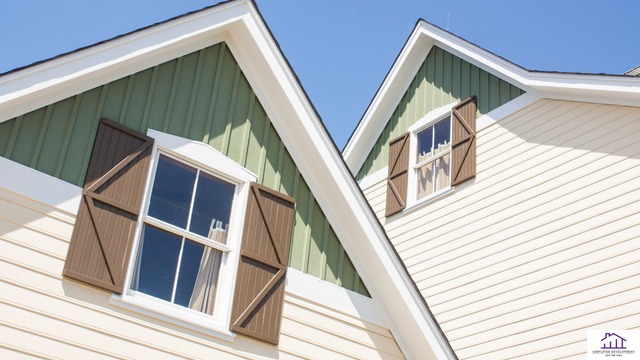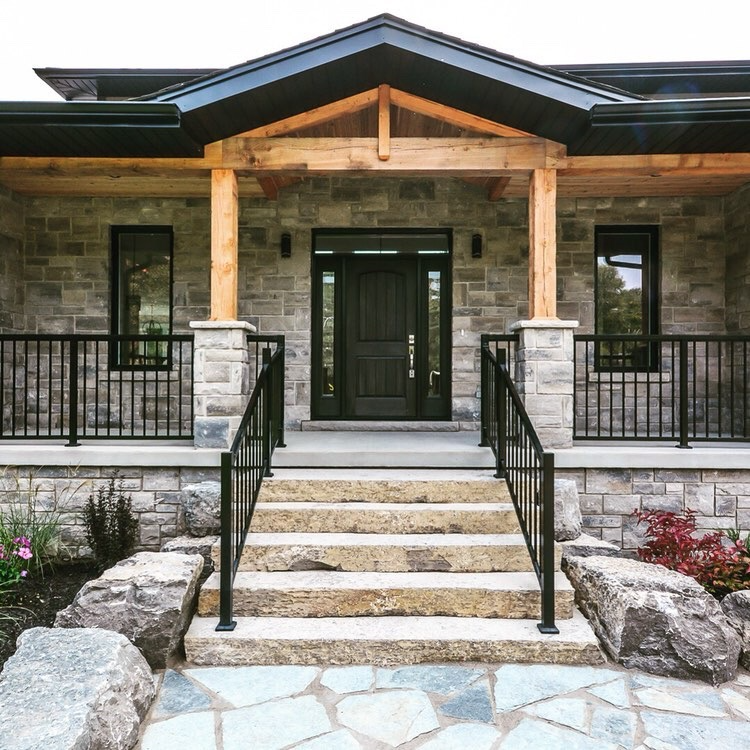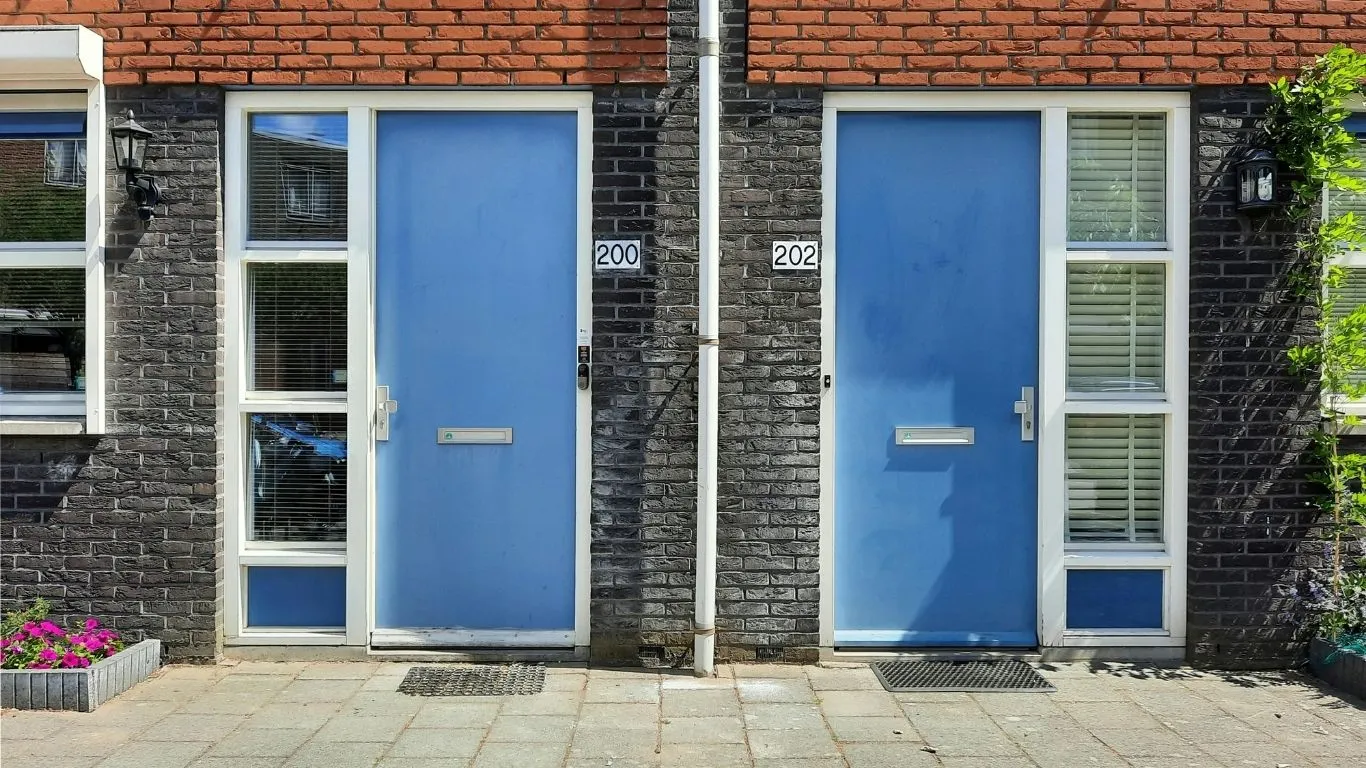A well-maintained roof is essential for protecting a home from the elements and ensuring long-term structural integrity. Regular maintenance not only helps extend the lifespan of the roofing materials but also prevents costly repairs down the line. Homeowners who take a proactive approach to roof care can avoid unexpected issues and keep their homes safe and energy-efficient.
Understanding the key aspects of roof maintenance can help homeowners identify potential problems early and take the necessary steps to maintain a strong and reliable roof. Whether it’s cleaning gutters, inspecting shingles, or ensuring proper attic ventilation, consistent upkeep is key to preserving the roof’s performance.
Why Regular Roof Maintenance Matters
Routine maintenance is vital to the health of any roofing system. Over time, exposure to weather conditions, debris accumulation, and natural wear can take a toll on roofing materials. Without proper care, minor issues can escalate into major damage that requires costly repairs or even premature roof replacement.
Benefits of regular roof maintenance include:
- Preventing leaks and water damage.
- Improving energy efficiency by maintaining insulation.
- Extending the lifespan of the roof.
- Enhancing curb appeal by keeping the roof looking clean and well-kept.
- Maintaining the property’s value and avoiding unexpected repair costs.
Essential Roof Maintenance Tasks for Homeowners
Taking the time to regularly inspect and maintain a roof can go a long way in preventing serious damage. Here are some essential maintenance tasks that homeowners should incorporate into their routine care.
1. Inspect the Roof Twice a Year
Conducting a thorough inspection in the spring and fall allows homeowners to identify any damage caused by seasonal weather changes. Inspections help spot minor issues before they turn into significant problems.
What to look for during inspections:
- Missing, cracked, or curling shingles.
- Signs of mold, moss, or algae growth.
- Loose or damaged flashing around chimneys and vents.
- Areas with pooling water or sagging sections.
If any signs of wear are detected, addressing them early can help prevent larger repairs in the future.
2. Clean Gutters and Downspouts Regularly
Clogged gutters can cause water to back up onto the roof, leading to moisture infiltration and damage to the underlying structure. Keeping gutters clear allows rainwater to flow properly and prevents buildup.
Steps to maintain gutters:
- Remove leaves, twigs, and debris at least twice a year.
- Ensure downspouts are directing water away from the foundation.
- Check for leaks or rust and repair them promptly.
- Consider installing gutter guards to minimize debris accumulation.
3. Trim Overhanging Branches
Trees that extend over the roof can pose a risk of damage from falling branches, leaves, and debris. Overhanging limbs can also scrape against roofing materials during strong winds.
Benefits of trimming branches:
- Prevents debris buildup and clogged gutters.
- Reduces the risk of physical damage to shingles.
- Helps minimize the growth of moss and algae by reducing shade.
4. Check for Signs of Water Damage
Water damage is one of the most common issues that affect roofs. Signs of leaks can often be detected inside the home before they become visible on the roof’s exterior.
Signs of water damage to watch for:
- Stains on ceilings or walls.
- Peeling paint or wallpaper.
- Musty odors in the attic or upper floors.
- Mold or mildew growth around vents and chimneys.
Addressing leaks as soon as they are discovered can help prevent further damage to the home’s structure and insulation.
READ MORE : Elevate your Wardrobe with Stylish & Affordable shoes Men and Women
5. Ensure Proper Attic Ventilation
Adequate attic ventilation is crucial to maintaining the health of the roofing system. Poor ventilation can lead to heat and moisture buildup, causing shingles to deteriorate prematurely and increasing the risk of mold growth.
Ways to improve attic ventilation:
- Install soffit and ridge vents to promote airflow.
- Ensure insulation is not blocking airflow pathways.
- Check for condensation or mold growth in the attic space.
Proper ventilation helps regulate temperatures and extends the life of the roof by reducing heat-related damage.
6. Remove Moss and Algae Growth
Moss and algae can take hold on roofs, particularly in shaded areas or humid climates. While they may not seem harmful initially, they can retain moisture and degrade roofing materials over time.
How to remove moss and algae safely:
- Use a gentle solution of water and mild detergent to scrub affected areas.
- Avoid power washing, which can damage shingles.
- Apply zinc or copper strips to prevent future growth.
Regular cleaning helps keep the roof looking fresh and prevents long-term damage from moisture retention.
7. Repair Flashing and Seals Around Roof Penetrations
Flashing around chimneys, skylights, and vents is essential for preventing water from seeping into the home. Over time, flashing can loosen or corrode, creating vulnerabilities in the roof’s defenses.
Maintenance tips for flashing:
- Inspect flashing for signs of rust, cracks, or separation.
- Re-seal joints with roofing caulk as needed.
- Ensure proper installation to prevent future leaks.
Well-maintained flashing helps protect against leaks in critical areas of the roof.
Professional Roof Inspections: When to Call an Expert
While homeowners can handle many routine maintenance tasks, there are times when professional inspections and repairs are necessary. Experts have the experience and tools to detect hidden issues that may not be visible to the untrained eye.
Signs it’s time to call a professional:
- Persistent leaks that are difficult to locate.
- Sagging rooflines or structural concerns.
- Extensive storm damage or missing shingles.
- A roof that is nearing the end of its lifespan.
Mighty Dog Roofing 171 provides professional inspections and maintenance services to help homeowners keep their roofs in top condition and prevent costly repairs.
Seasonal Roof Maintenance Checklist
Each season presents unique challenges for roof maintenance. Following a seasonal checklist can help homeowners stay on top of necessary tasks year-round.
Spring and Summer:
- Inspect for winter damage and clear debris.
- Clean gutters and downspouts.
- Check for any damage caused by spring storms.
Fall and Winter:
- Remove leaves and branches before snowfall.
- Inspect for ice dams or snow accumulation.
- Ensure proper attic insulation to prevent heat loss.
Following a consistent maintenance schedule can prevent damage and ensure the roof remains functional in all weather conditions.
Conclusion
Maintaining a roof requires a proactive approach to prevent potential damage and extend its lifespan. By regularly inspecting, cleaning, and addressing minor issues, homeowners can avoid costly repairs and keep their roof in excellent condition.
For homeowners who want expert assistance with roof maintenance, Mighty Dog Roofing 171 offers reliable services to ensure long-term protection and peace of mind. Investing in regular upkeep today can help prevent unexpected issues and preserve the value of the home for years to come.



